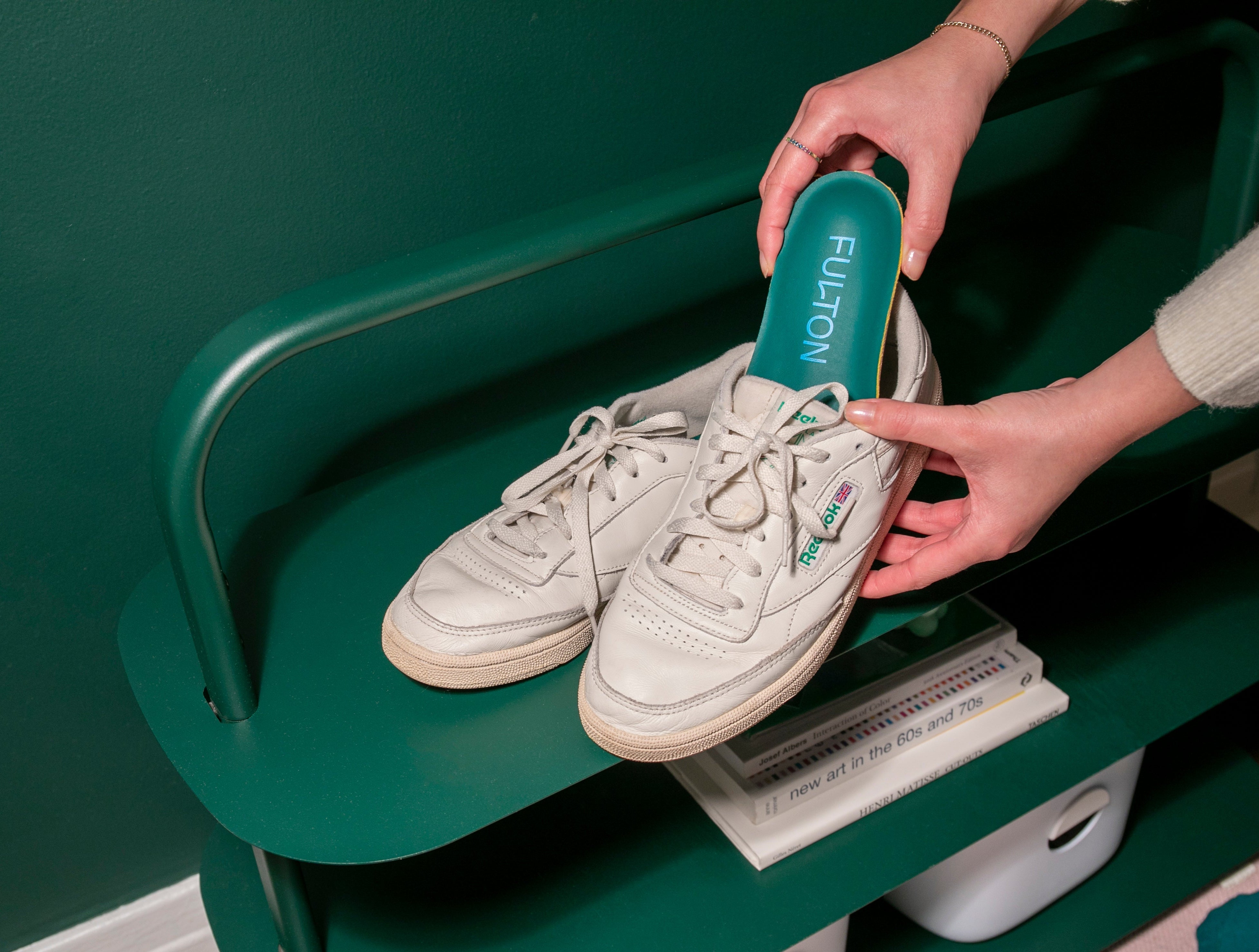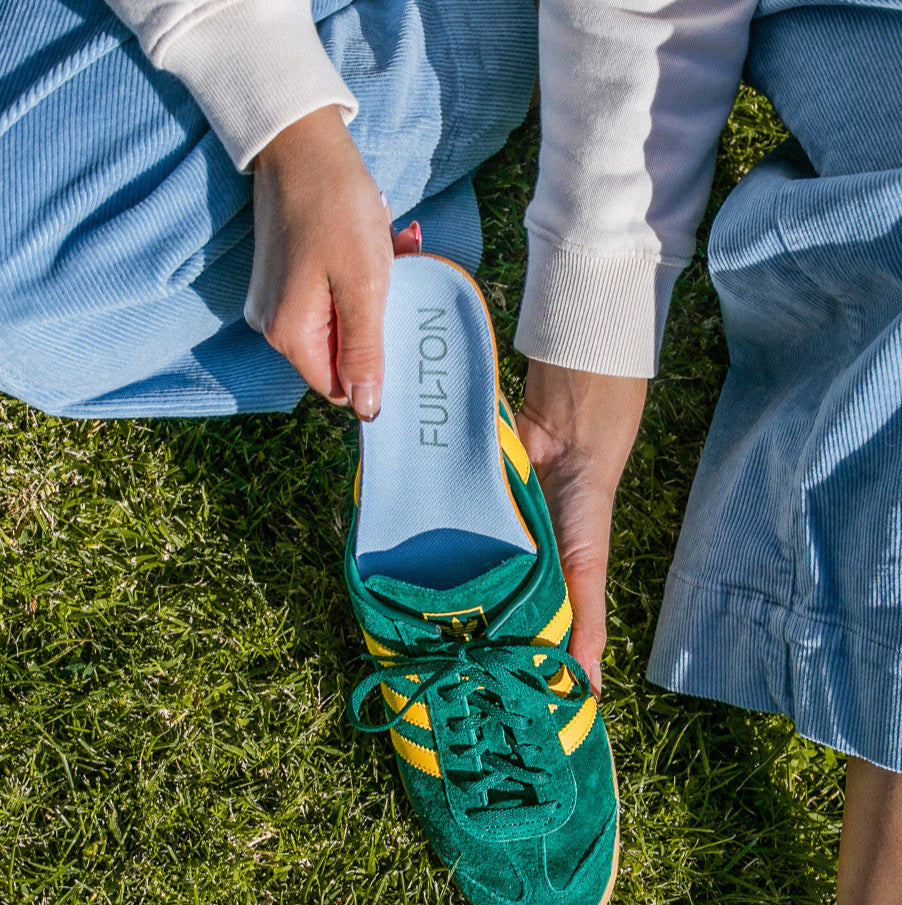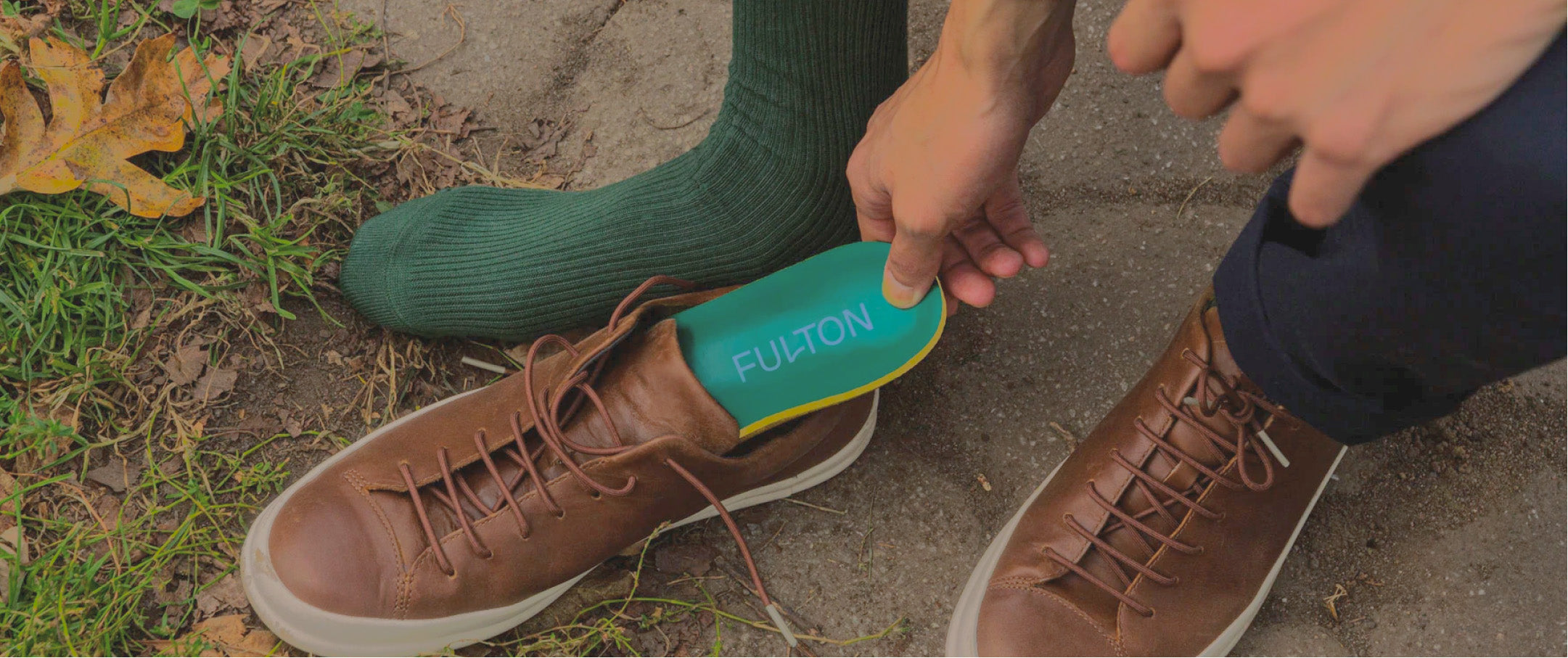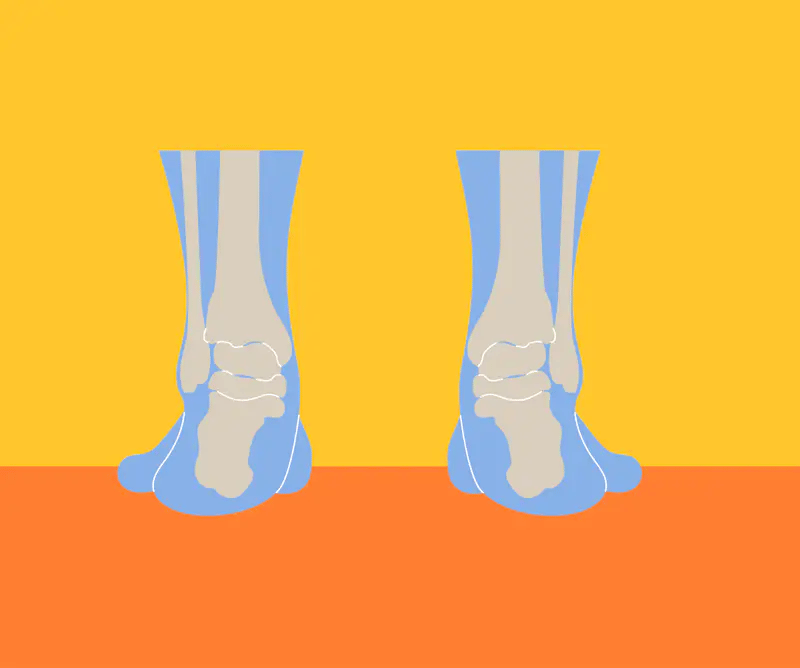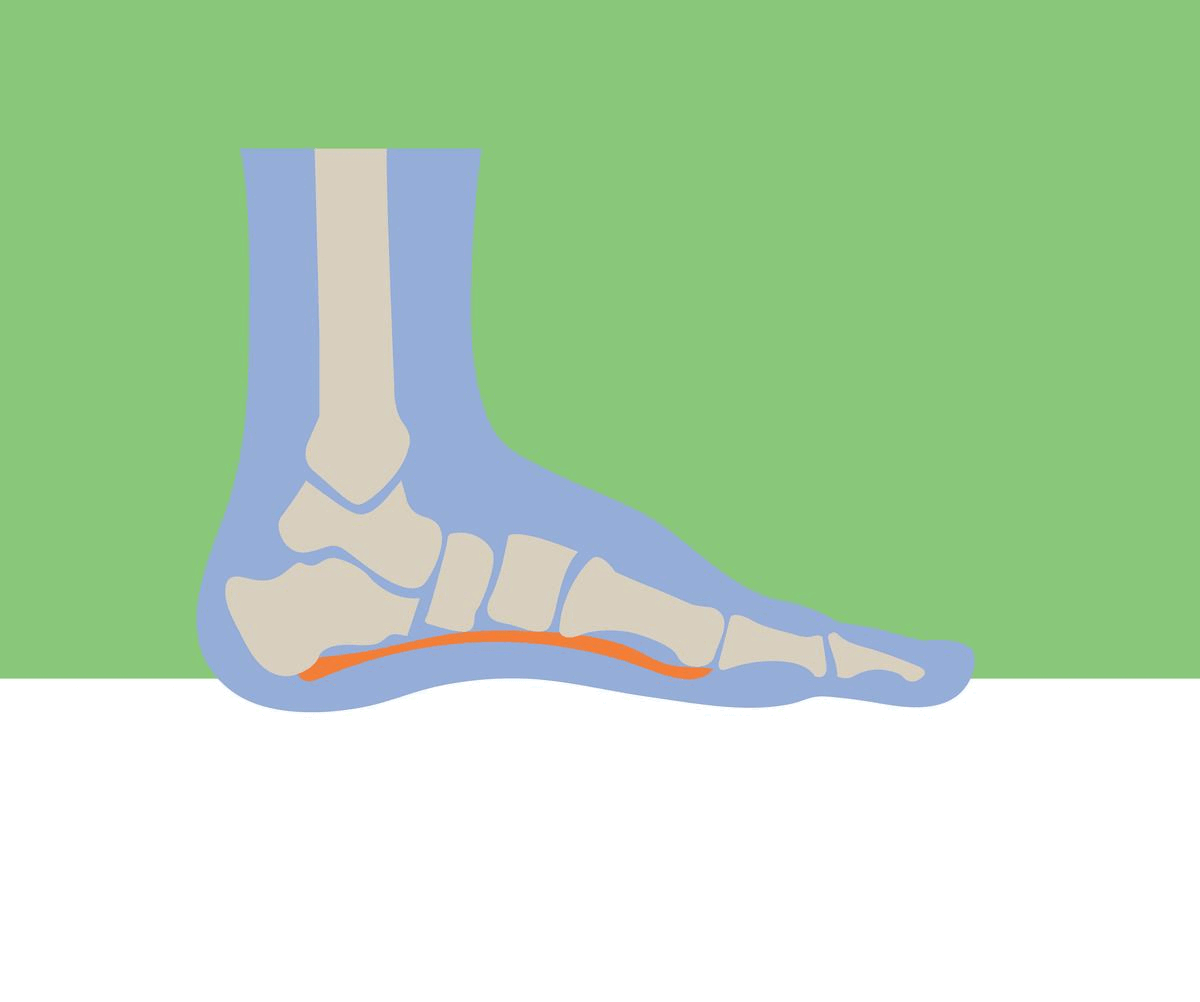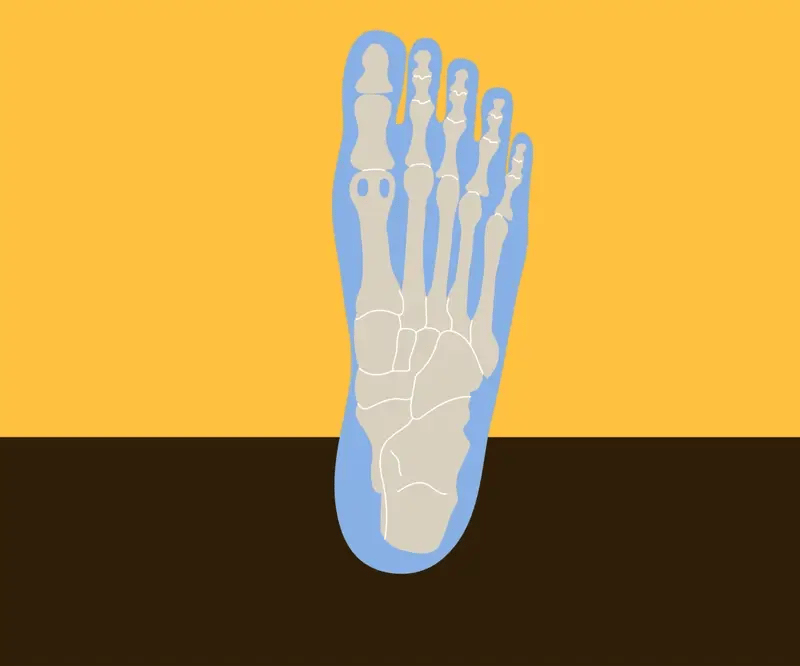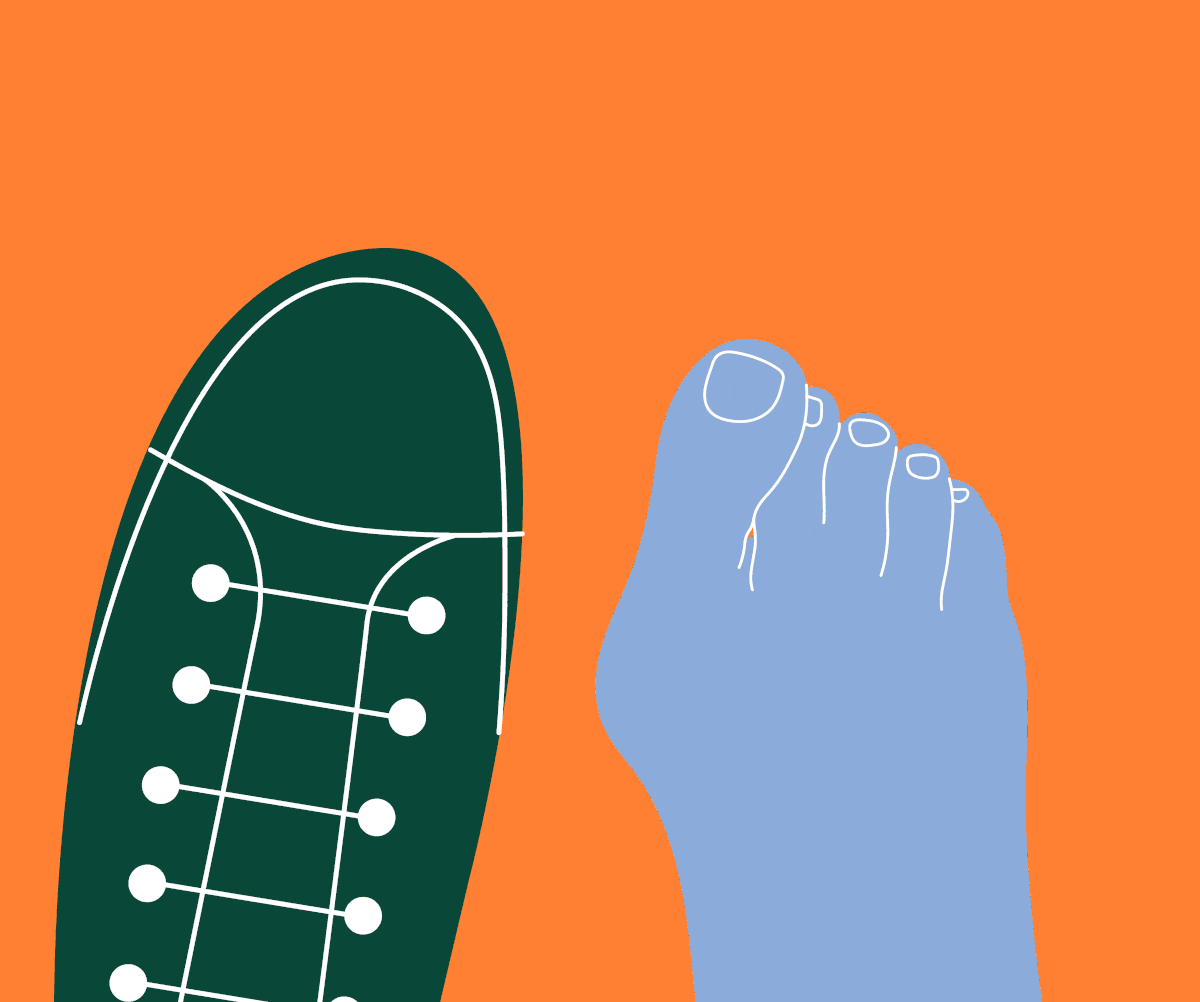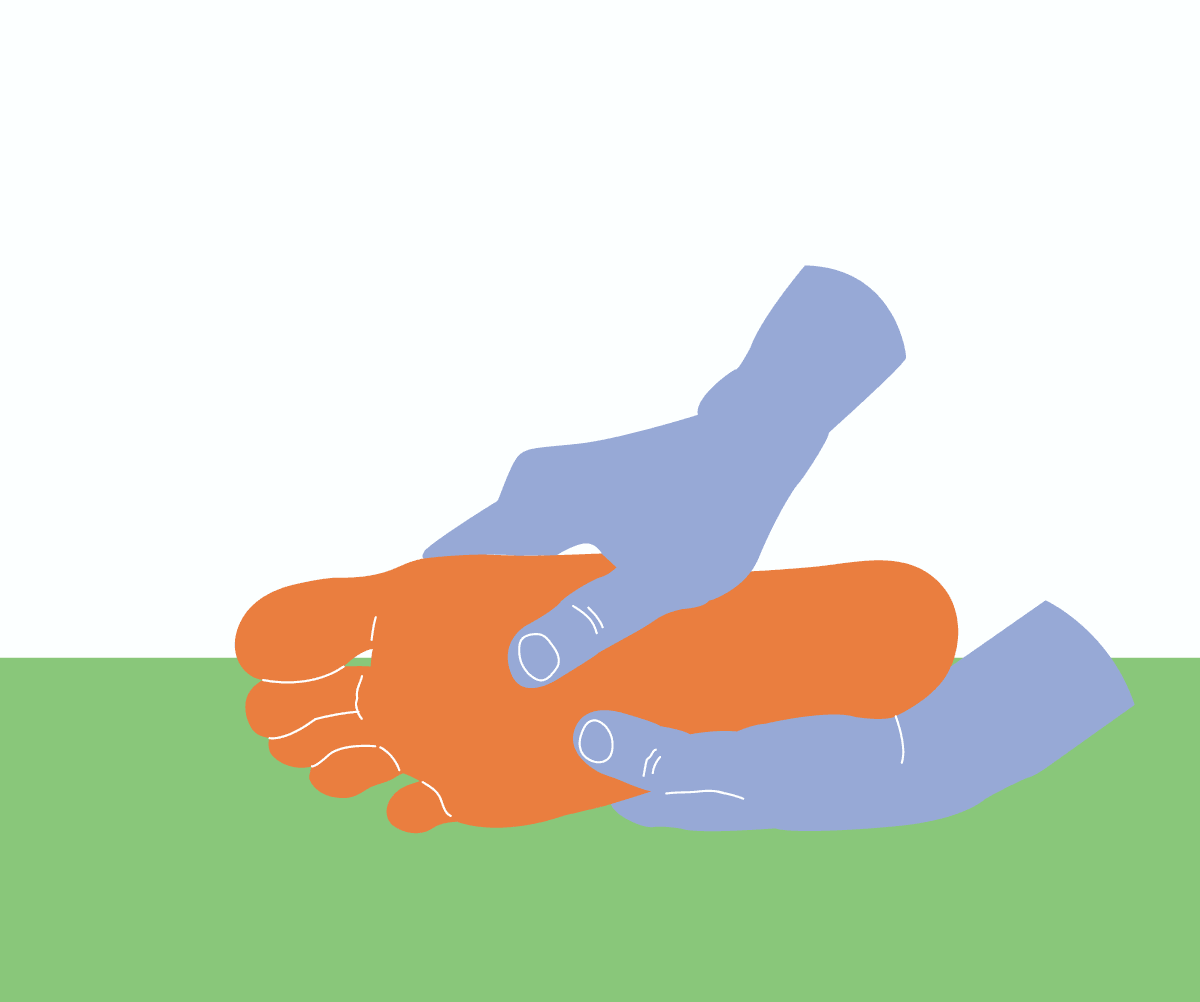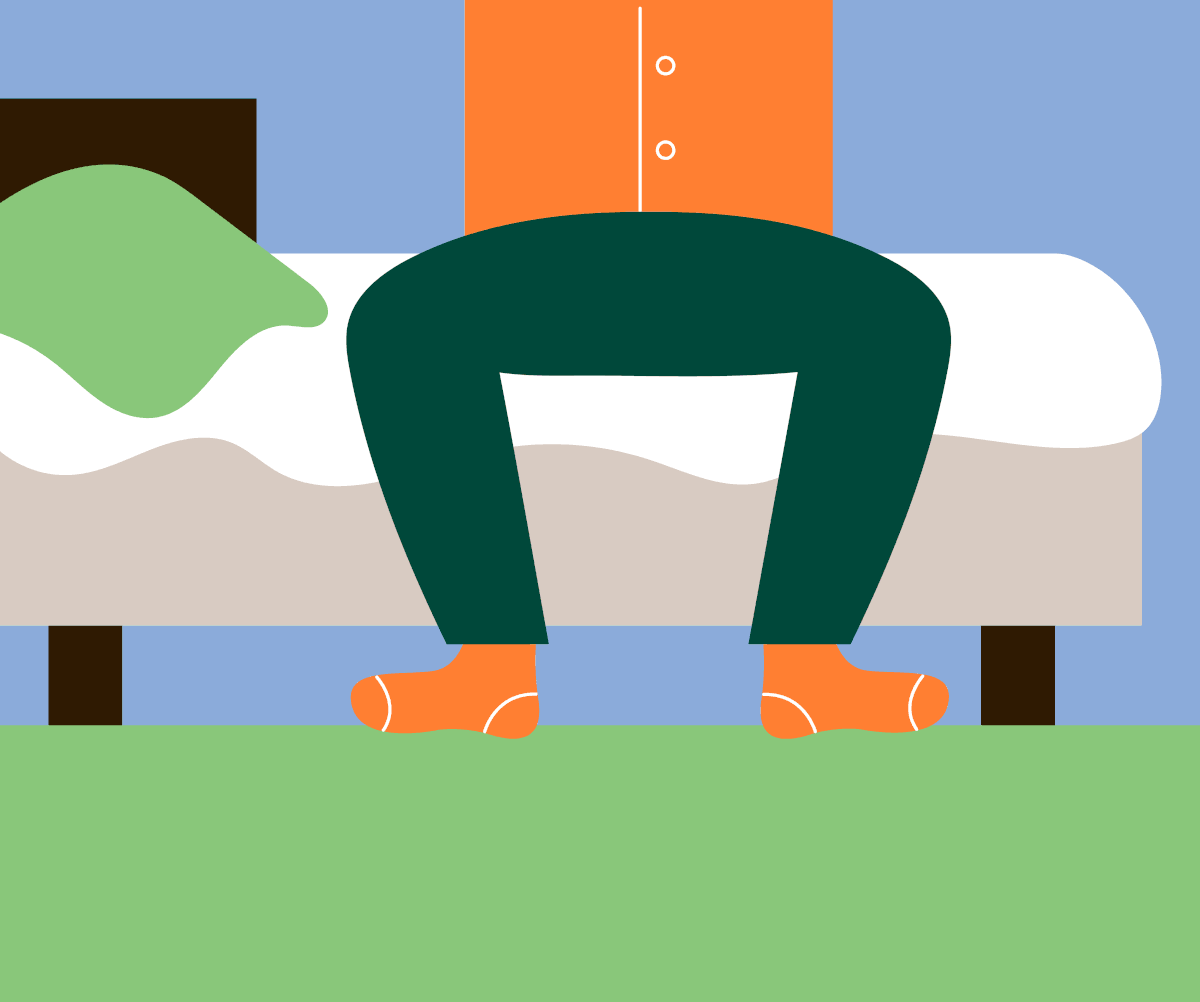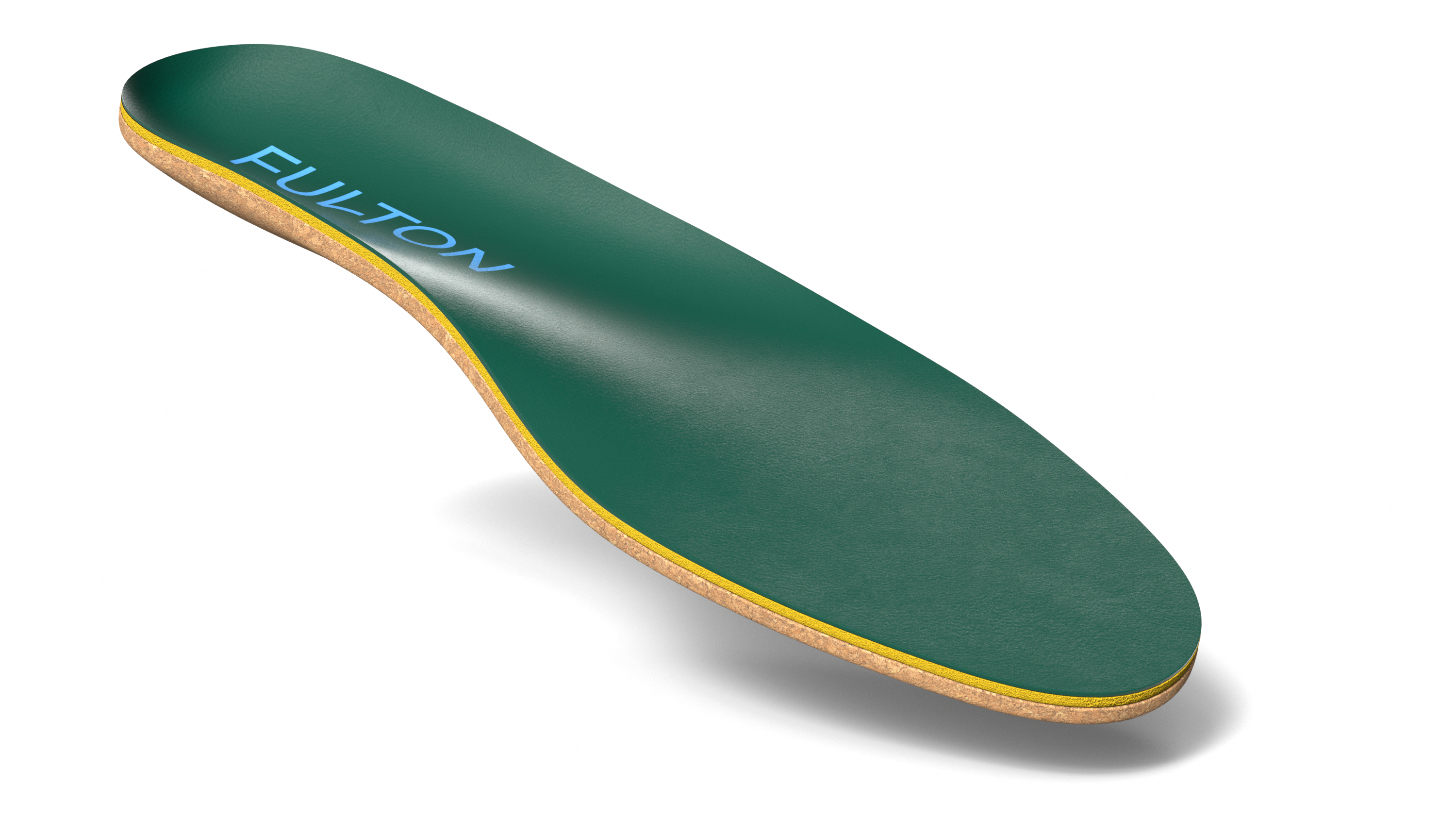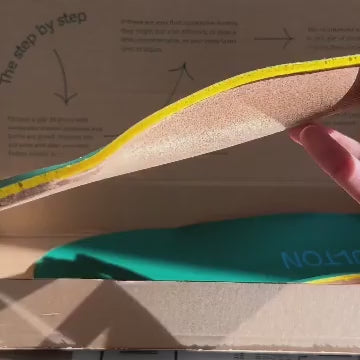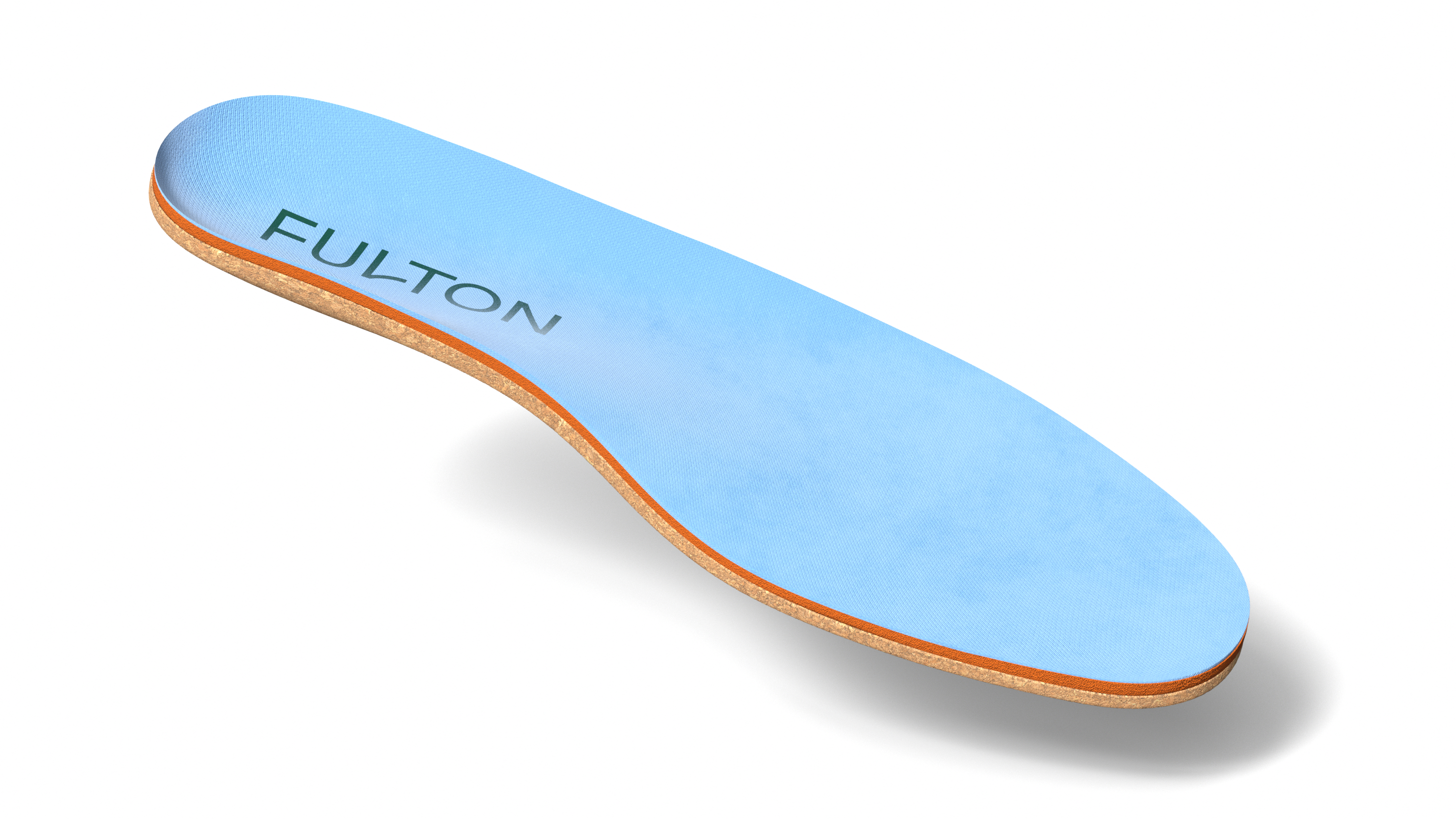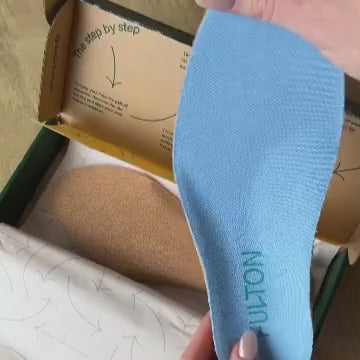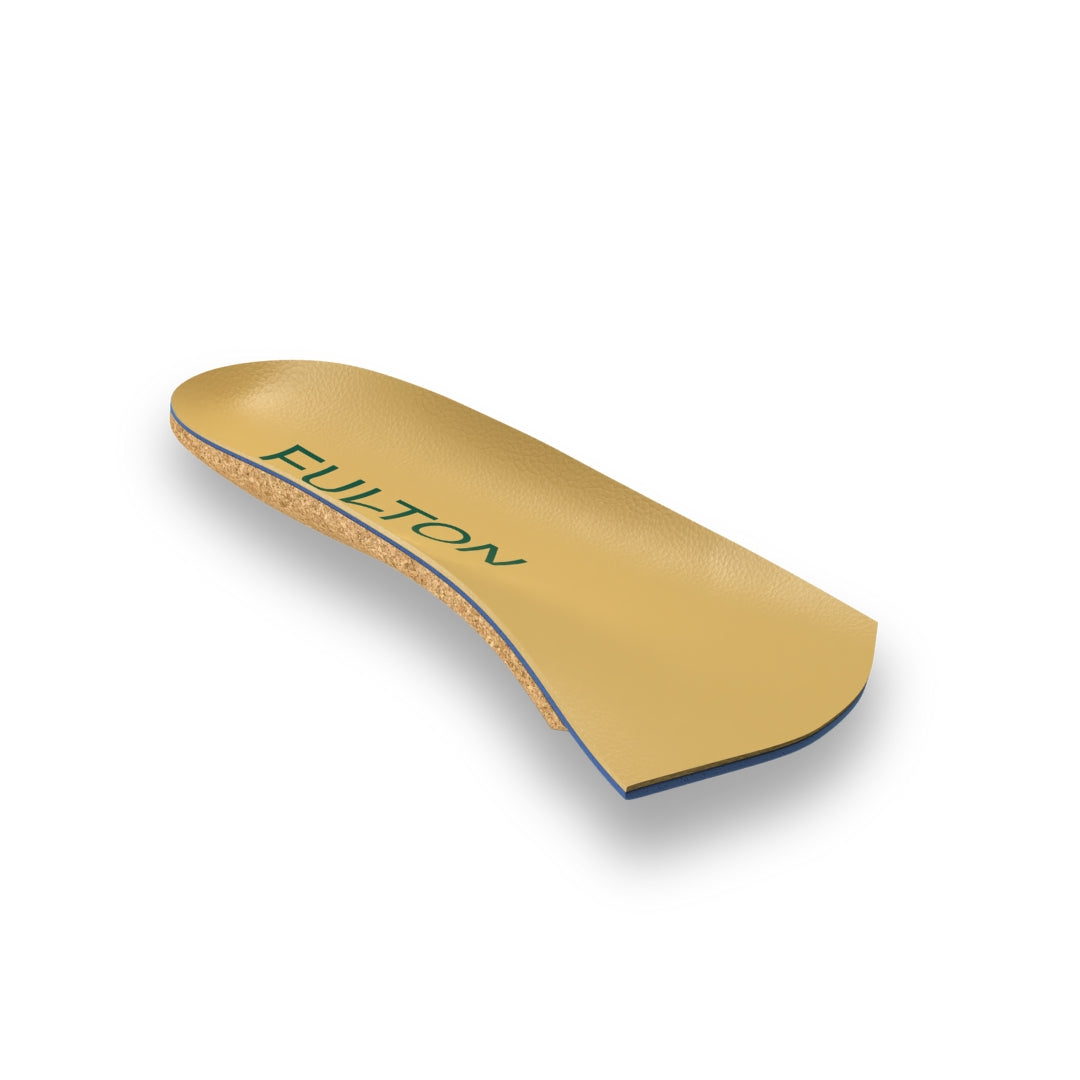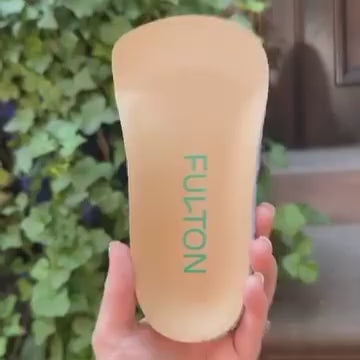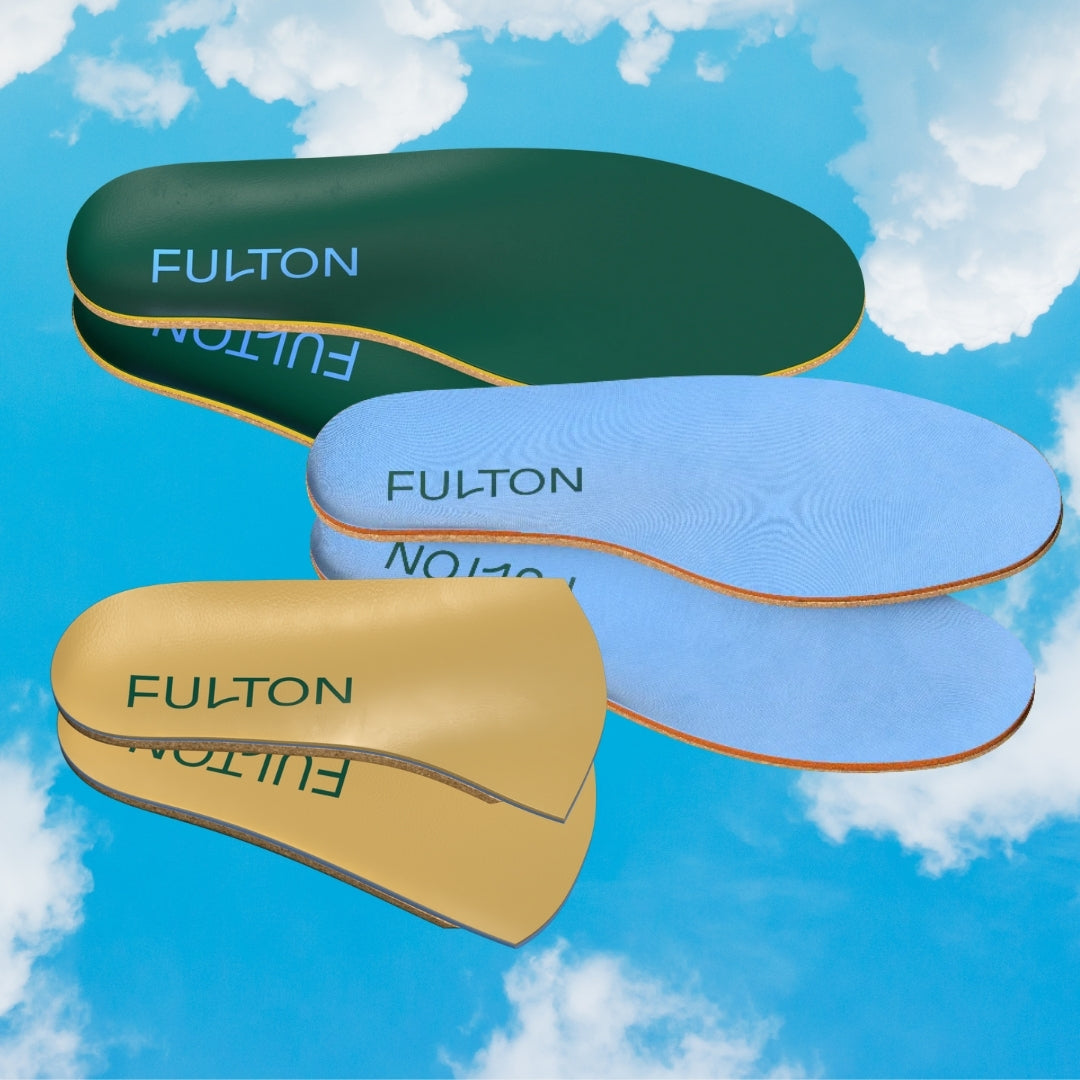Bunion prevention
There are several lifestyle changes you can make to help the prevention of a bunion deformity - before the problem even starts.
- First, make sure you always wear properly fitting shoes (more about the best types of shoes for bunions below)
- Limit tight fitting shoes and high heel use, and try to find shoes that have a heel less than 1-2 inches.
- Exercise your feet: there are many stretches and exercise you can do to improve the strength and mobility of your feet. Try and incorporate exercises like these into your daily routine.
- Finally, make sure to rest your feet! Bunions often develop in those who are on their feet all day long without the opportunity to rest and recover. If your day-to-day requires a significant amount of standing time, make sure to squeeze in that rest wherever you can!
The best shoes for bunions: what to look for
A low heel
Avoid high heeled shoes as much as possible as they can make a bunion worse. If necessary, try and limit their wear to one day at a time, and shorter periods (under six hours at a time). If you are looking to add extra height, go for a wedge or blocky heel rather than a stiletto- those will help better distribute the weight throughout your foot and avoid adding pressure to the ball of your foot, which can make your bunion worse.
A roomy toe box
Look for shoes with a wide toe box; this helps avoid adding pressure to the front of your feet and the joint of the big toe joint. It's not necessary to wear wide shoes, but focus on making sure to find shoes that are comfortable from day one and in general, try to avoid tight shoes and shoes that put pressure on the bunion.
Arch support
Make sure your shoes have proper arch support, which helps prevent pronation and misalignment of your feet. Everyone can benefit from proper arch support, but it's particularly critical for those with a tendency of developing bunions to avoid pronating - which adds additional pressure and weight to the foot and can push the big toe inwards. Instead, arch support ensures that your feet rotate in a more optimal biomechanical position that puts less pressure on the big toe joint Fulton insoles are a great way to add arch support to your shoes. They are particularly helpful as they are made from custom molding cork, that gives the perfect amount of support, for people with flat feet to high arches.
Laces
Shoes with laces are less restrictive and allow you to customize the fit of your shoe to be just right. Avoid leather shoes as they have less give and may result in cramping and additional pressure on your toes. Look for shoes with a soft upper that also helps to alleviate pressure on the bunion.
Fulton insoles for Bunions
Fulton insoles are a great way to add arch support to any shoe, to help make prevent bunions from growing, and alleviate pressure from the front of your foot. Fulton shoe insoles work particularly due to their custom molding nature and cushioning foam. Here are some of the benefits of using Fulton show insoles for bunions:
- Customized arch support for Reduced Pressure: Fulton insoles are made from cork so they mold to your arch to provide customized support. This helps to redistribute pressure away from the bunion, which can prevent it from growing larger and causing more pain.
- Deep heel cup for improved Foot Alignment: Fulton insoles have a deep heel cup, which will help improve foot alignment, which can reduce the risk of developing bunions and other foot conditions.
- Cushioning form for Increased Comfort: Fulton insoles are lined with a layer of natural foam, which provides extra cushioning and support for the feet, which can reduce pain and discomfort associated with bunions.
Other ways to treat and prevent bunions
In addition to upgrading your shoes and ensuring they provide sufficient arch support. there are other non-surgical lifestyle changes you can make to prevent bunions from worsening and relieve pain.
- Use Protective Padding: Using protective padding, such as moleskin or gel-filled pads, can help cushion the bunion and prevent it from rubbing against your shoes. This can help prevent further irritation and inflammation.
- Exercise your Feet: Strengthening and stretching exercises can help improve the flexibility and strength of your feet, which can prevent bunions from growing larger. Try exercises like toe curls, foot rolls, and picking up small objects with your toes.
- Massage the Affected Area: Massaging the affected area can help increase blood flow and reduce inflammation. Use your fingers or a massage ball to gently massage the bunion and surrounding areas.
- Apply Ice Packs: Ice packs can reduce inflammation and pain associated with bunions. Apply ice to the affected area for 15-20 minutes at a time, several times a day.
- Monitor your Feet: Regularly monitoring your feet for changes, such as the size of your bunion or any signs of redness or inflammation, can help you catch problems early on and prevent bunions from growing larger.


